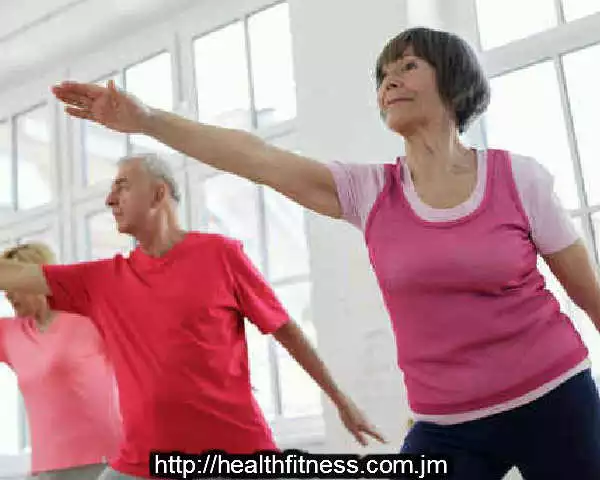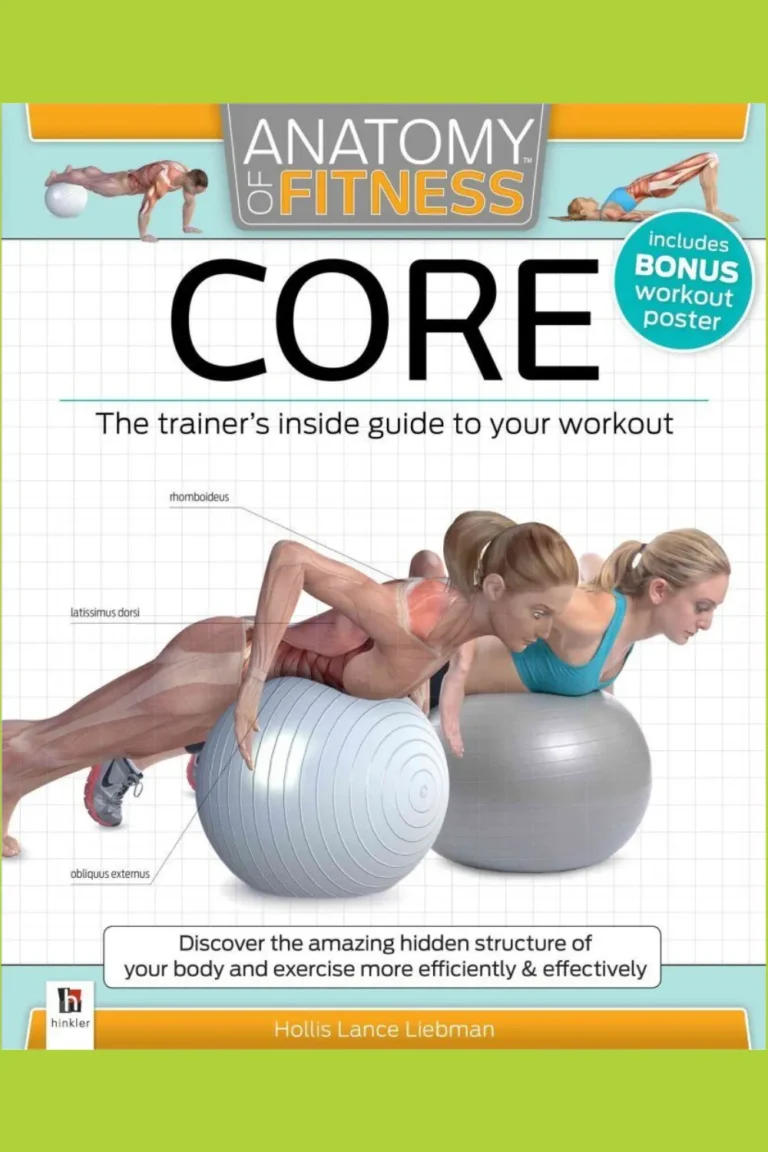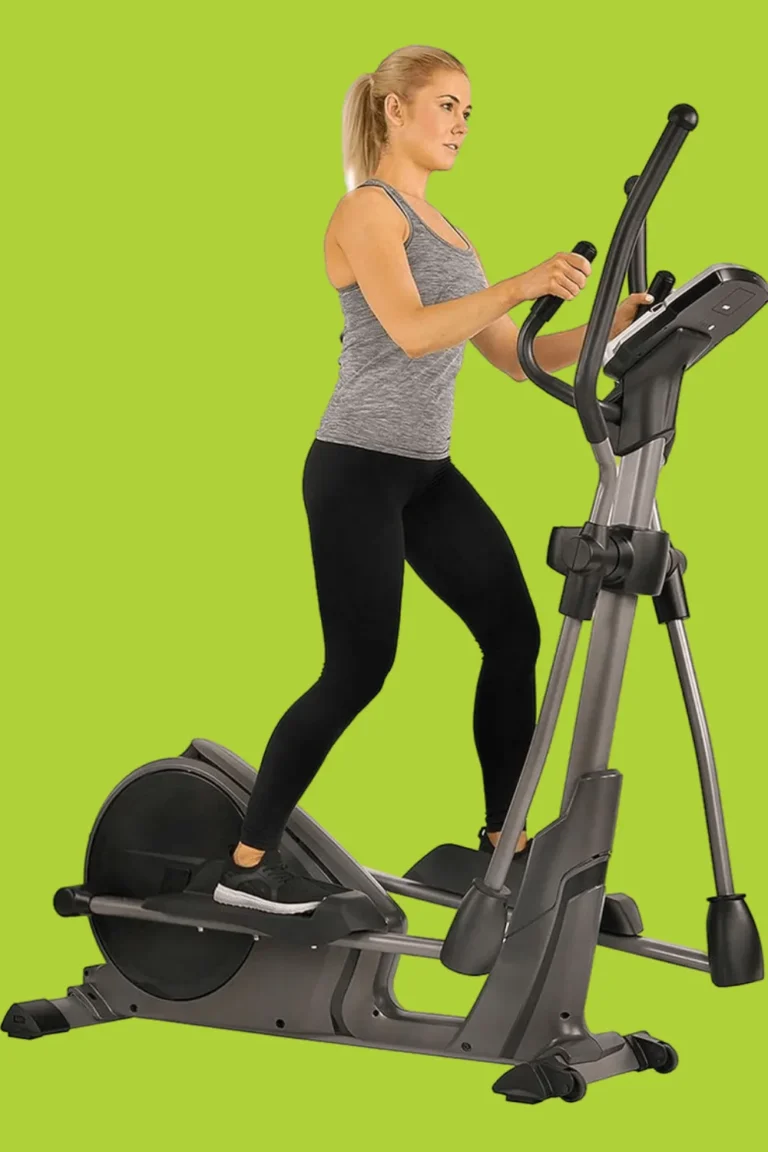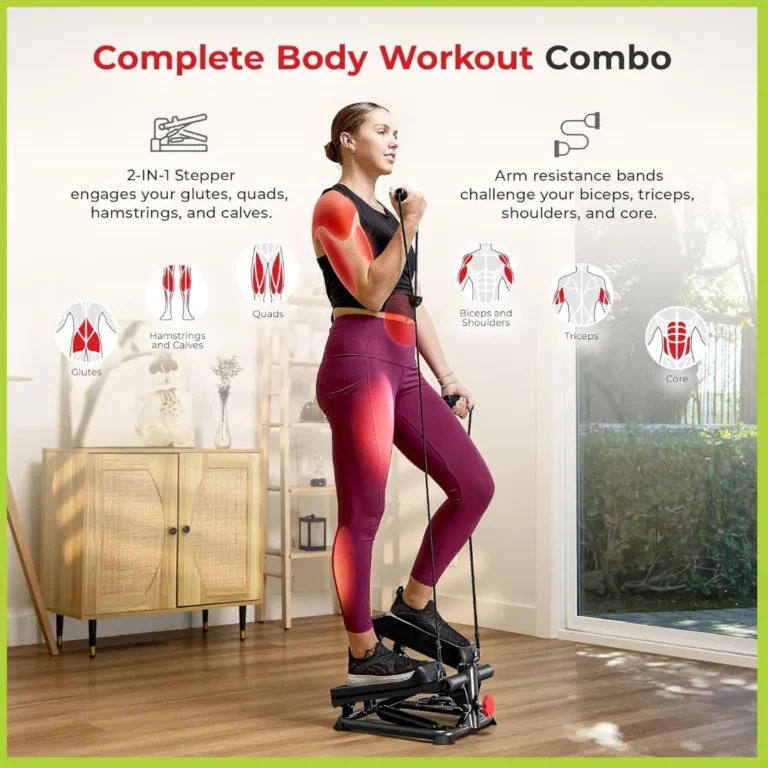Exercise For The Elderly
As we age, our bodies go through a natural process of decline.
Our muscles become weaker, our bones lose density, and our joints may become stiff and achy.
However, this does not mean that exercise should be disregarded.
In fact, staying physically active is crucial for maintaining a healthy and independent lifestyle as we grow older.
As an older adult, your exercise needs may differ from those of younger individuals, and it is important to understand the importance of incorporating physical activity into your daily routine.
In this article, we will explore the benefits of exercise for the elderly and provide practical tips and guidelines for incorporating a safe and effective exercise routine into your life.
By following these recommendations, you can improve your overall physical and mental well-being, and enjoy a better quality of life in your golden years.
So, whether you are an active senior or looking to start an exercise routine for the first time, read on to learn how exercise can benefit you in your later years.
Table of Contents Exercise For The Elderly
Try rebounding to boost circulation
Engaging in rebounding exercises can be a fantastic way to enhance circulation, improve balance, and increase strength.
Rebounding involves bouncing on a mini trampoline, which not only provides cardiovascular benefits but also stimulates the lymphatic system, aiding in detoxification.
This low-impact exercise is particularly suitable for the elderly as it puts less strain on the joints compared to other high-impact activities.
By incorporating rebounding into your fitness routine, you can enjoy the benefits of improved circulation, which can lead to increased energy levels and overall well-being.
Additionally, rebounding can also be combined with other exercises like yoga to further enhance balance and flexibility, making it a versatile option for individuals looking to maintain their physical fitness as they age.
Enhance balance with gentle yoga
Gentle yoga is a wonderful practice for individuals of all ages, including the elderly, looking to enhance balance and increase strength.
Through a series of slow, controlled movements and poses, gentle yoga helps to improve stability and coordination, reducing the risk of falls and injuries.
The focus on breath control and mindfulness in yoga also promotes a sense of calmness and relaxation, which can further contribute to better balance and overall well-being.
By regularly engaging in gentle yoga, you can gradually improve your flexibility, strengthen your muscles, and improve proprioception, which is essential for maintaining balance and stability.
With the guidance of a qualified instructor, you can customize the yoga poses to suit your individual needs and abilities, ensuring a safe and effective practice that supports your overall health and vitality.
Build strength and endurance slowly
To build strength and endurance slowly, it is important to incorporate a variety of exercises into your routine.
Rebounding, for example, is a low-impact exercise that involves bouncing on a mini trampoline.
This activity not only increases cardiovascular endurance but also strengthens muscles in the legs, core, and upper body.
Another effective exercise for gradually building strength and endurance is resistance training using lightweight dumbbells or resistance bands.
By starting with lighter weights and gradually increasing the intensity over time, you can safely and effectively build muscle strength.
Additionally, incorporating balance exercises into your routine, such as standing on one leg or practicing tai chi, can improve stability and reduce the risk of falls.
Remember, it is important to listen to your body and progress at a pace that feels comfortable and safe for you.
Building strength and endurance slowly ensures that you maintain proper form, prevent injury, and achieve long-lasting results.
Focus on low-impact exercises
As you age, it becomes increasingly important to focus on low-impact exercises that are gentle on your joints while still providing you with numerous health benefits.
Yoga is an excellent choice for improving flexibility, balance, and strength without putting undue stress on your body.
By practicing various poses and stretches, you can increase your range of motion and maintain or improve joint mobility.
Another great low-impact exercise to consider is swimming.
The buoyancy of the water reduces the impact on your joints while allowing you to engage in a full-body workout that improves cardiovascular endurance and muscle strength.
Incorporating these low-impact exercises into your routine can help you maintain an active lifestyle, improve balance, and increase overall strength while minimizing the risk of injury.
Remember to consult with a healthcare professional before starting any new exercise program to ensure it is safe for you.
Include resistance training for muscle
To further enhance your overall fitness and maintain optimal health as you age, it is highly recommended to include resistance training in your exercise routine.
Resistance training, such as using resistance bands or weights, is particularly beneficial for building and maintaining muscle mass and strength.
This type of exercise not only helps to improve your physical abilities, but it also plays a vital role in preventing age-related muscle loss, known as sarcopenia.
By engaging in regular resistance training, you can effectively counteract the natural decline in muscle mass that occurs with age.
Moreover, resistance training improves bone density, which is crucial for reducing the risk of fractures and maintaining a healthy skeletal system.
Adding exercises like squats, lunges, and bicep curls to your workouts will not only help you gain strength but also enhance your balance and stability.
Remember to start with lighter weights and gradually increase the intensity as you become more comfortable and confident in your abilities.
By incorporating resistance training into your exercise regimen, you can promote muscle growth, improve functional movement, and enjoy an overall enhanced level of fitness.
Improve flexibility with stretching exercises
An essential component of a well-rounded exercise routine to enhance your overall physical fitness is incorporating stretching exercises to improve flexibility.
Flexibility is crucial for maintaining mobility and reducing the risk of injuries, especially as we age.
Two effective methods of improving flexibility are rebounding and practicing yoga.
Rebounding involves performing exercises on a mini trampoline, which helps to elongate and strengthen muscles while also improving joint flexibility.
Incorporating yoga into your exercise regimen can also greatly enhance flexibility, as it involves a series of gentle stretches, poses, and controlled breathing techniques that target various muscle groups.
By regularly engaging in these activities, you can increase your range of motion, improve balance, and strengthen the muscles supporting your joints, ultimately promoting better overall physical function, and reducing the likelihood of falls or other mobility issues.
Don’t forget to warm up
To maximize the benefits of your workouts and minimize the risk of injury, it is essential not to overlook the importance of warming up before exercising.
Warming up prepares your body for physical activity by increasing blood flow to your muscles, raising your body temperature, and loosening up your joints.
Incorporating a warm-up routine into your exercise session is particularly crucial for the elderly population, as it helps to prevent muscle strain, enhance flexibility, and improve balance.
Before engaging in activities such as rebounding or practicing yoga, take a few minutes to perform light cardiovascular exercises, such as brisk walking or cycling, to gradually increase your heart rate and warm up your muscles.
Additionally, include dynamic stretches, like leg swings and arm circles, to further loosen up your joints and improve your range of motion.
By taking the time to properly warm up, you can optimize your workout performance and ensure a safe and effective exercise experience.
Stay active for overall health
Regular physical activity is paramount for maintaining overall health, especially for the elderly.
Engaging in activities such as rebounding, yoga, and exercises that improve balance and increase strength can contribute to a higher quality of life.
By staying active, you can enhance cardiovascular health, strengthen muscles and bones, and improve flexibility and joint mobility.
Regular exercise also aids in managing weight, reducing the risk of chronic diseases such as heart disease and diabetes, and boosting mood and mental well-being.
Remember to choose activities that align with your fitness level and abilities and consult with a healthcare professional to ensure safety and proper form.
Making exercise a priority in your daily routine will have long-lasting benefits for your physical and mental well-being.
In conclusion, incorporating regular exercise into your daily routine as an elderly individual can have numerous physical and mental benefits.
From improving strength and balance to reducing the risk of chronic diseases, staying physically active can greatly enhance your overall quality of life as you age.
It is important to consult with a healthcare professional to determine the best exercise plan for your specific needs and limitations.
Remember, age is just a number and it’s never too late to start prioritizing your health and well-being through exercise.
So, keep moving and stay healthy!
FAQ
What are some safe and effective exercises for elderly individuals with limited mobility?
For elderly individuals with limited mobility, safe and effective exercises include seated leg lifts, chair yoga, water aerobics, and resistance band exercises.
These exercises help improve strength, flexibility, and balance without putting too much strain on joints or muscles.
It’s important to consult with a healthcare professional or physical therapist before starting any exercise routine to ensure it is appropriate for your specific needs and abilities.
Remember to start slowly, listen to your body, and always prioritize safety while staying active.
How often should elderly individuals engage in physical activity to maintain their health and mobility?
You should aim to engage in physical activity at least three to five times per week to maintain your health and mobility as an elderly individual.
Regular exercise can help improve strength, balance, and flexibility, reducing the risk of falls and injuries.
It is essential to consult with a healthcare provider before starting any new exercise regimen to ensure it is safe and appropriate for your individual needs.
Remember to listen to your body and adjust the intensity and frequency of physical activity as needed to support your overall well-being.
What are the benefits of incorporating strength training exercises into an elderly individual’s exercise routine?
Incorporating strength training exercises into your exercise routine as an elderly individual can help improve bone density, muscle mass, balance, and overall functionality.
It also reduces the risk of falls and injuries, improves posture, and enhances your ability to perform daily activities independently.
Additionally, strength training can help boost metabolism, increase energy levels, and promote better sleep quality.
Overall, including strength training in your routine can lead to a higher quality of life and greater independence as you age.
How can elderly individuals prevent injuries while exercising, especially those with pre-existing health conditions?
To prevent injuries while exercising, especially with pre-existing health conditions, you should consult with a healthcare provider to create a safe exercise plan.
Focus on low-impact activities like swimming or walking, and always warm up and cool down properly.
Use proper equipment and modify exercises based on your abilities.
Listen to your body, avoid overexertion, and stay hydrated.
Consider working with a personal trainer or physical therapist to ensure proper form and technique.
Lastly, remember to pace yourself and gradually increase intensity to prevent strain and reduce the risk of injury.
What are some low-impact exercises that are suitable for elderly individuals with arthritis or joint pain?
For elderly individuals with arthritis or joint pain, low-impact exercises like walking, swimming, and tai chi are great options.
These activities are gentle on the joints and help improve flexibility, strength, and overall mobility.
Additionally, yoga and water aerobics can also provide relief and improve joint health.
Remember to listen to your body and consult with a healthcare professional before starting any new exercise routine.
Stay active, stay healthy!






